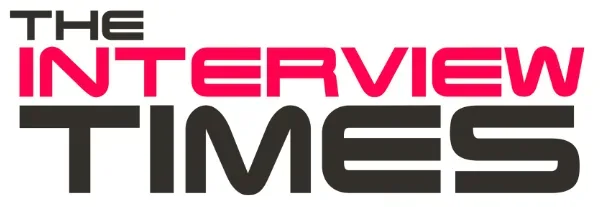In a significant move to democratize advanced AI capabilities, OpenAI has announced the rollout of a lightweight version of its ChatGPT Deep Research mode to free-tier users, starting today. This cost-effective tool, powered by the o4-mini reasoning model, allows users to conduct in-depth research with the same high-quality output as its premium counterpart, albeit with shorter responses and usage limits. Here’s everything you need to know about this exciting update.
What is ChatGPT Deep Research Mode?
Introduced in February 2025, ChatGPT’s Deep Research mode is an AI-powered agent designed for complex, multi-step research tasks. Unlike standard chatbot queries, this feature autonomously searches the internet, analyzes text, images, and PDFs, and synthesizes information into comprehensive reports. It’s ideal for tasks like market analysis, literature reviews, product comparisons, or even personal decisions such as choosing a college or planning a skincare routine. The tool mimics the work of a research analyst, saving users hours of manual effort.
Must Read: New Study Reveals AI Learns Languages Visually, Echoing Human Learning
Lightweight Version Now Available to Free Users
OpenAI’s latest update makes a lightweight version of Deep Research accessible to all ChatGPT users, including those on the free tier. Powered by the o4-mini model, this version is described as “nearly as intelligent” as the standard Deep Research mode, which uses the more robust o3 model. While responses are shorter, OpenAI assures users that the depth and quality remain intact, making it a powerful tool for budget-conscious researchers.
Free users can now perform up to five Deep Research tasks per month, while paid subscribers (Plus, Team, and Pro) benefit from expanded limits. Once the standard version’s query limits are reached, users automatically switch to the lightweight version, ensuring uninterrupted access.
Usage Limits Across Tiers
- Free Users: 5 tasks/month (lightweight version only)
- Plus & Team Users: 10 tasks/month (standard version) + 15 tasks/month (lightweight version)
- Pro Users: 125 tasks/month (standard version) + 125 tasks/month (lightweight version)
Enterprise and educational users will gain access to the lightweight version next week, with usage levels matching those of Team users.
Must Read: The Great AIdea Heist: How AI is Turning Everyday People into Creative Geniuses
Why the Lightweight Version?
OpenAI developed the lightweight Deep Research mode to address the high computational costs of the standard version. According to the company, the o4-mini model is “significantly cheaper to serve,” allowing broader access without compromising quality. This move also responds to growing competition from rivals like Google’s Gemini, which offers up to 20 Deep Research uses per day for its Advanced plan and 10 per month for free users.
The lightweight version is optimized for speed and efficiency, making it a practical choice for users who need quick, reliable insights without the extensive processing power of the o3 model.
How to Use ChatGPT Deep Research
Accessing Deep Research is straightforward:
- Navigate to the ChatGPT interface (web, iOS, Android, or X app).
- Select “Deep Research” from the message composer.
- Enter your query or upload files (e.g., spreadsheets, PDFs) for added context.
- Receive a structured report with citations and synthesized insights.
OpenAI plans to enhance the tool with future updates, including visual elements like charts and data visualizations to make reports even more user-friendly.
Competitive Landscape and User Reactions
OpenAI’s decision to offer Deep Research to free users comes amid intense competition in the AI chatbot space. Google’s Gemini and xAI’s Grok also provide deep research capabilities, with Grok’s DeepSearch mode gaining attention for its iterative web analysis. However, some ChatGPT users on X have criticized the five-task monthly limit for free users, arguing that Gemini’s free tier is more generous.
Despite these concerns, the lightweight Deep Research mode has been praised for its accessibility and cost-efficiency. OpenAI’s post on X highlighted the tool’s rollout, stating, “We’ve noticed many of you love using deep research, so we’re expanding usage for Plus, Team, and Pro users by introducing a lightweight version… We’re also rolling out the lightweight version to Free users.”
Future Implications
By making Deep Research available to free users, OpenAI is positioning ChatGPT as a go-to tool for students, researchers, and professionals seeking affordable AI-driven insights. The company’s focus on cost-effective models like o4-mini also signals a broader strategy to scale AI services sustainably, especially as it faces challenges like GPU shortages and high operational costs.
As OpenAI continues to innovate, the addition of features like voice mode, image generation, and enhanced research tools underscores its commitment to staying ahead in the AI race. For now, free users can explore the power of Deep Research, even with limited queries, marking a significant step toward inclusive AI access.
Stay tuned for more updates on AI advancements and how they’re shaping the future of research and productivity.

